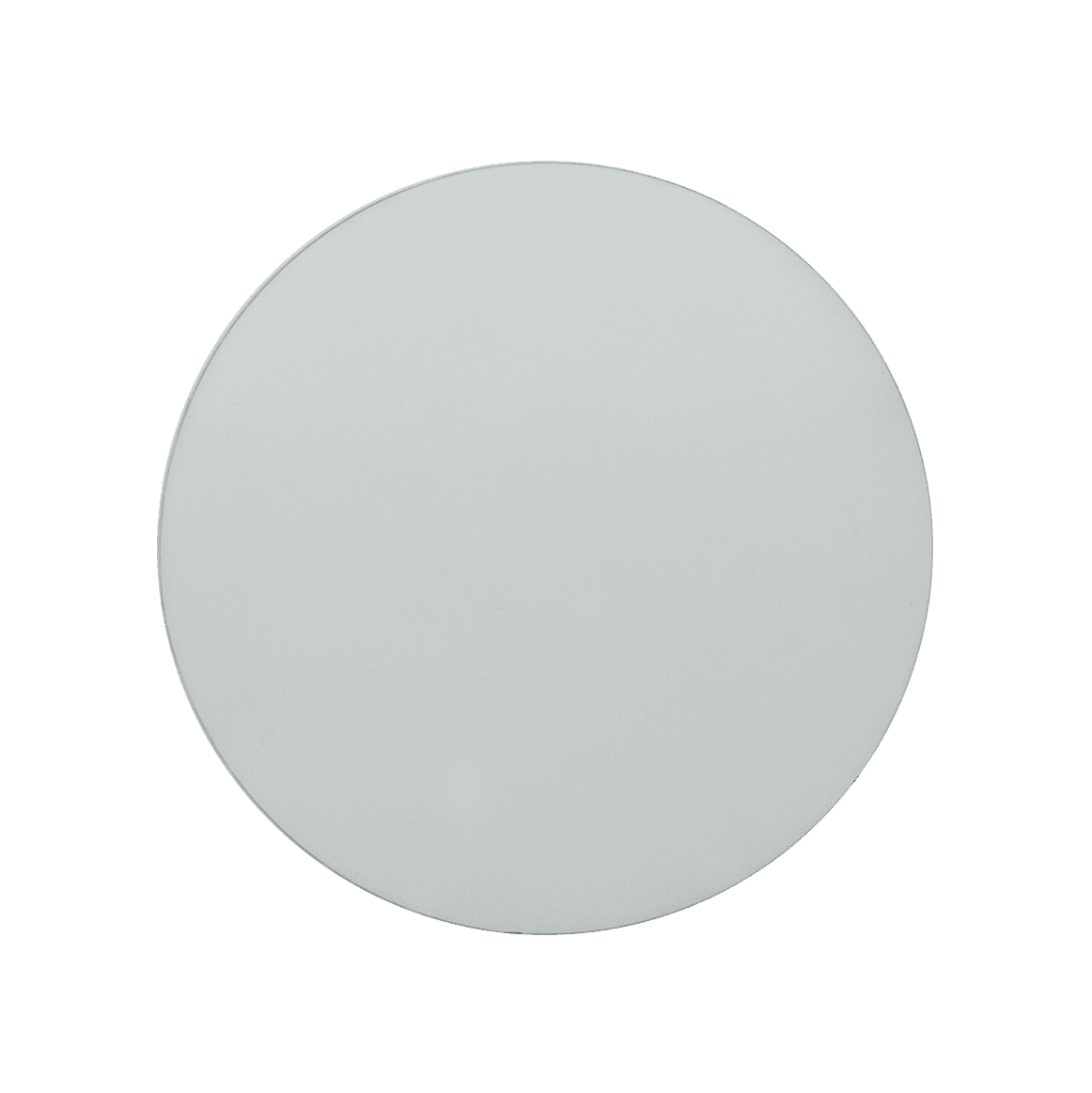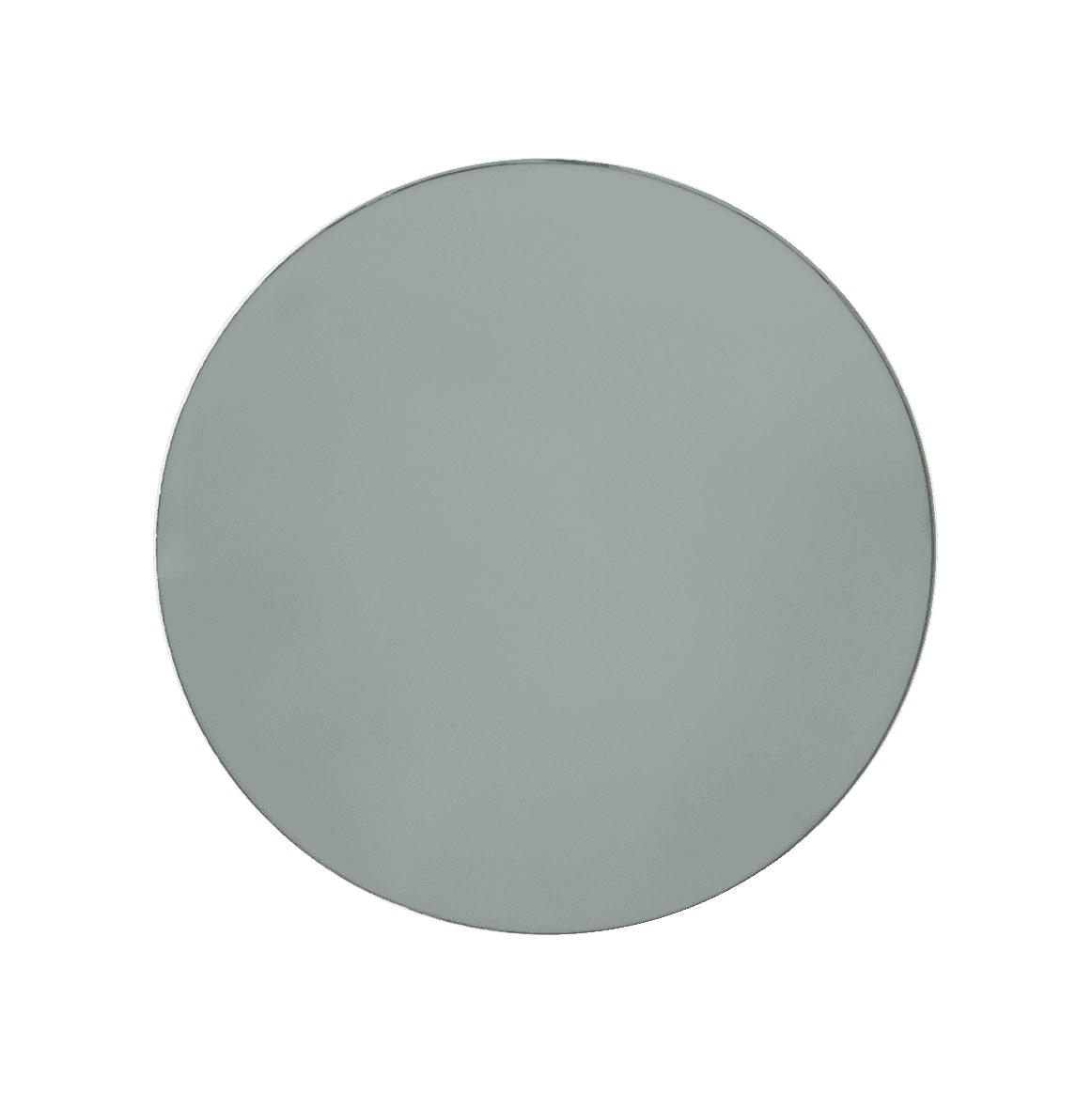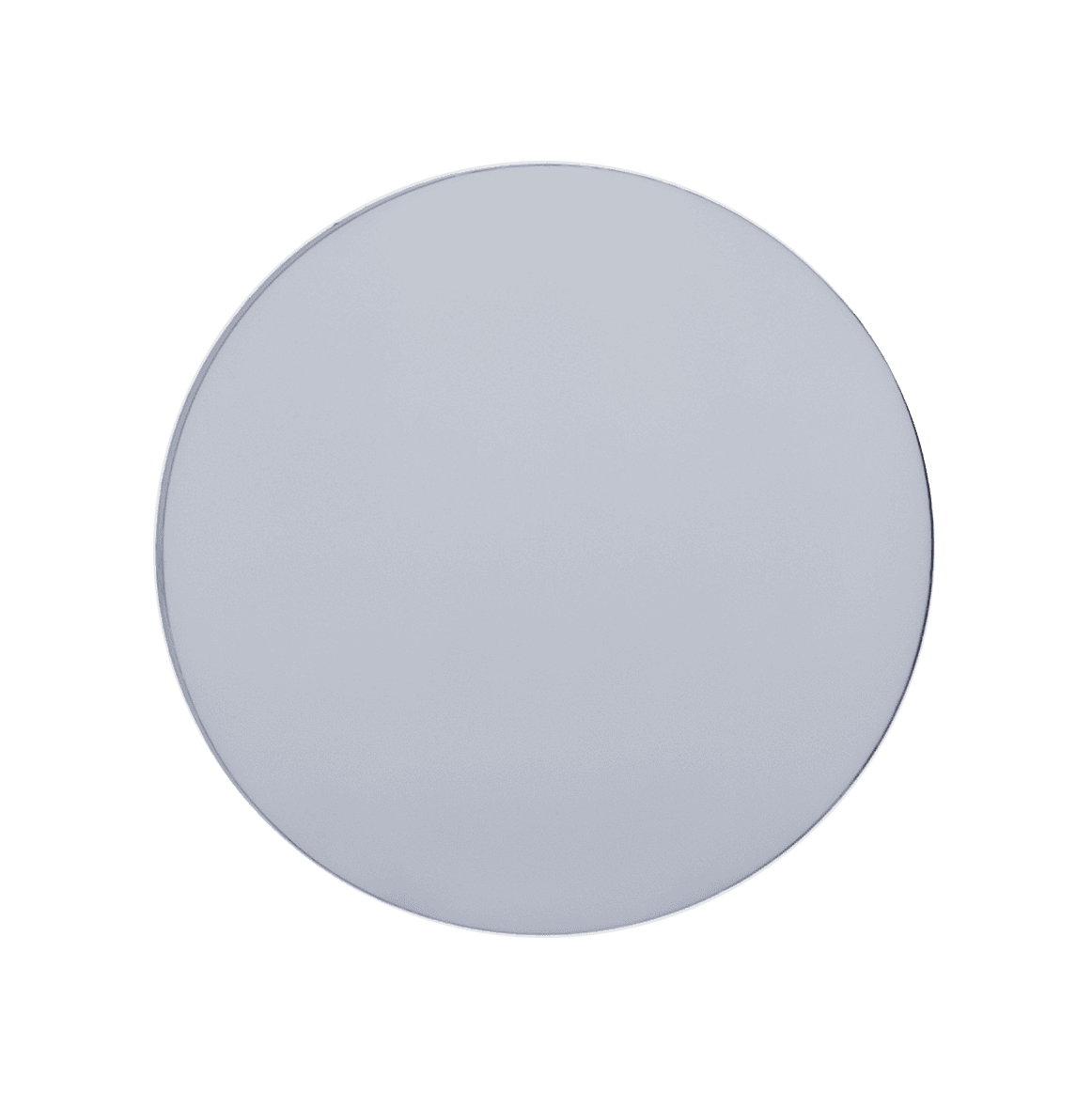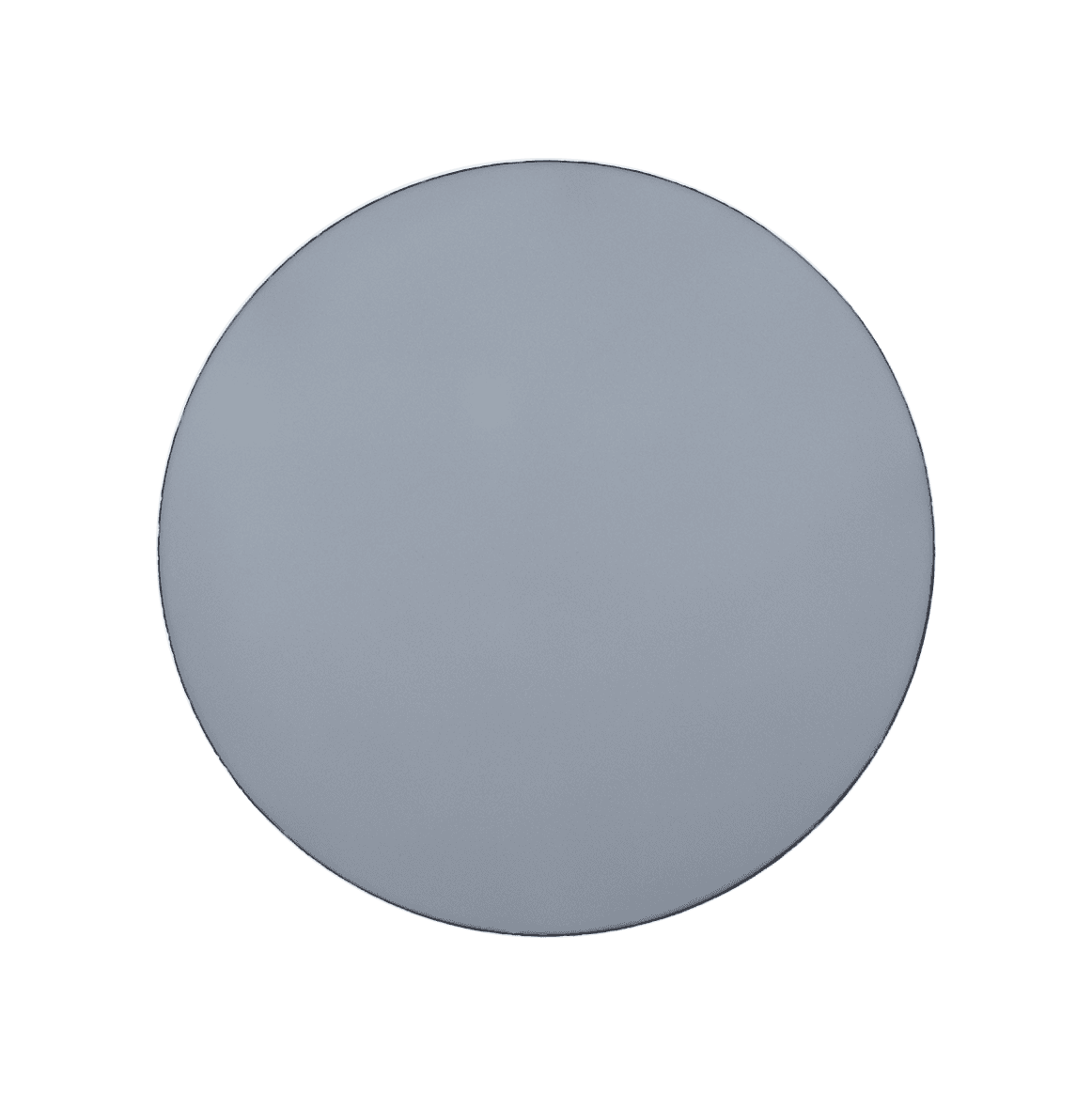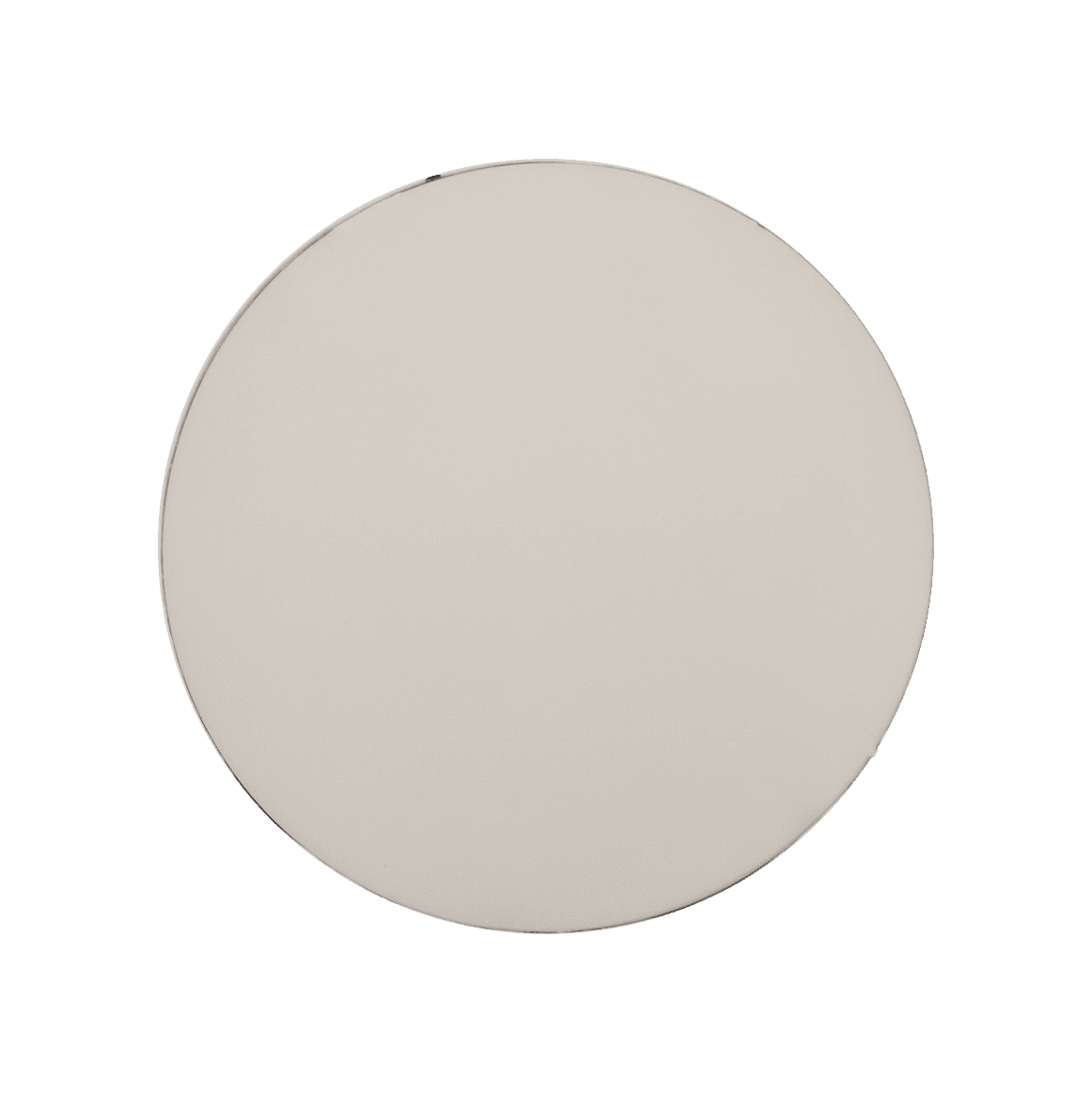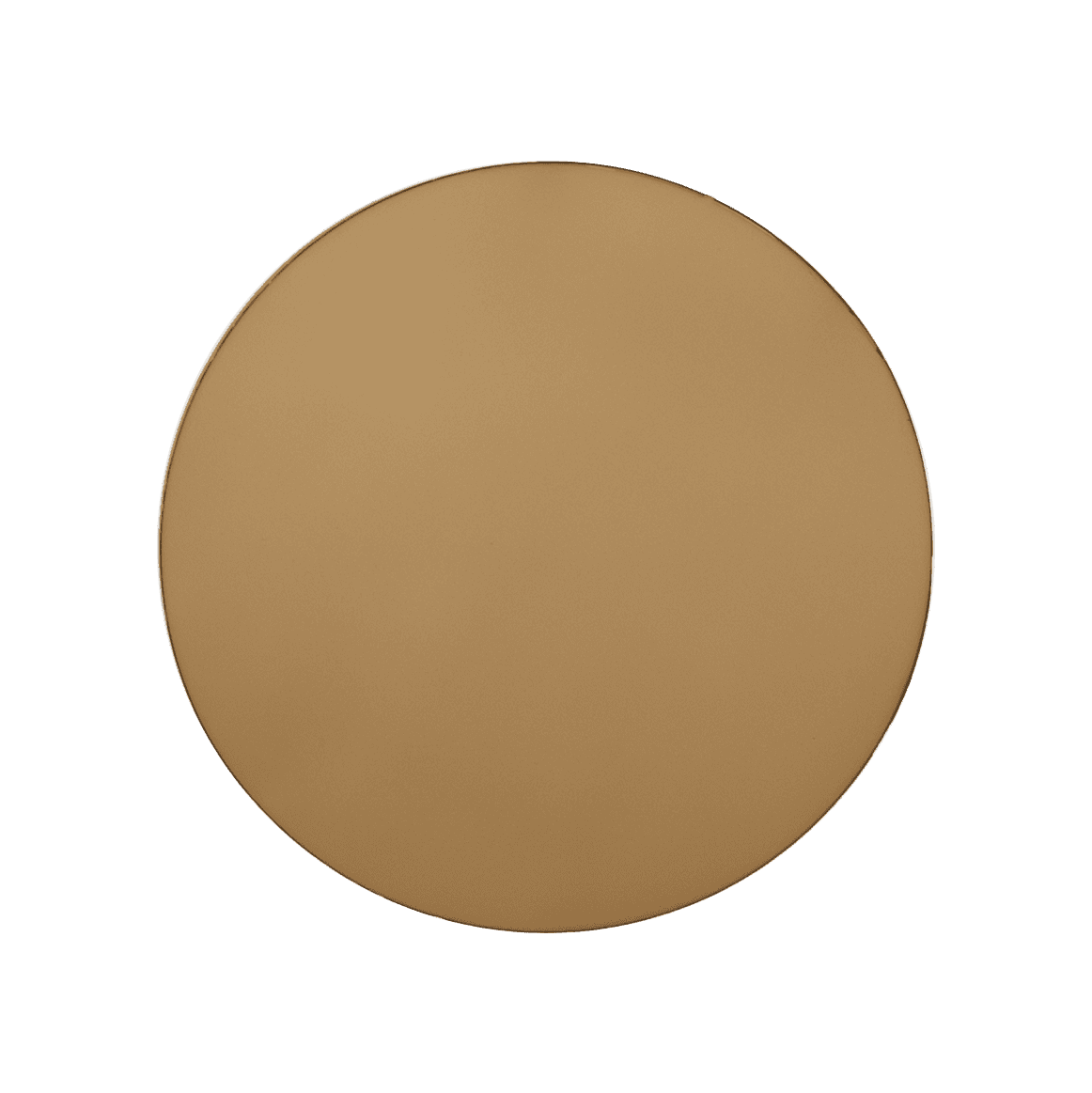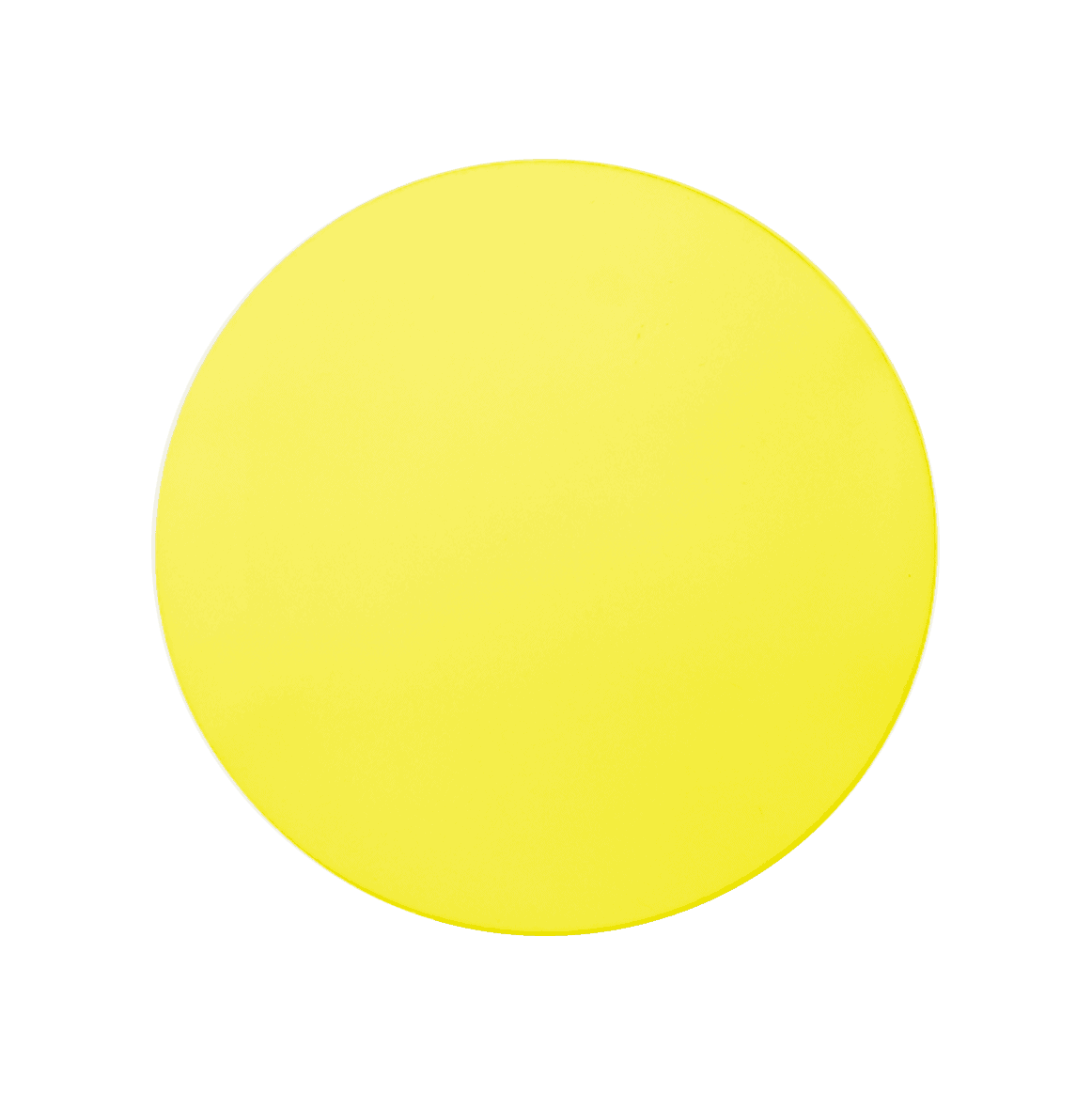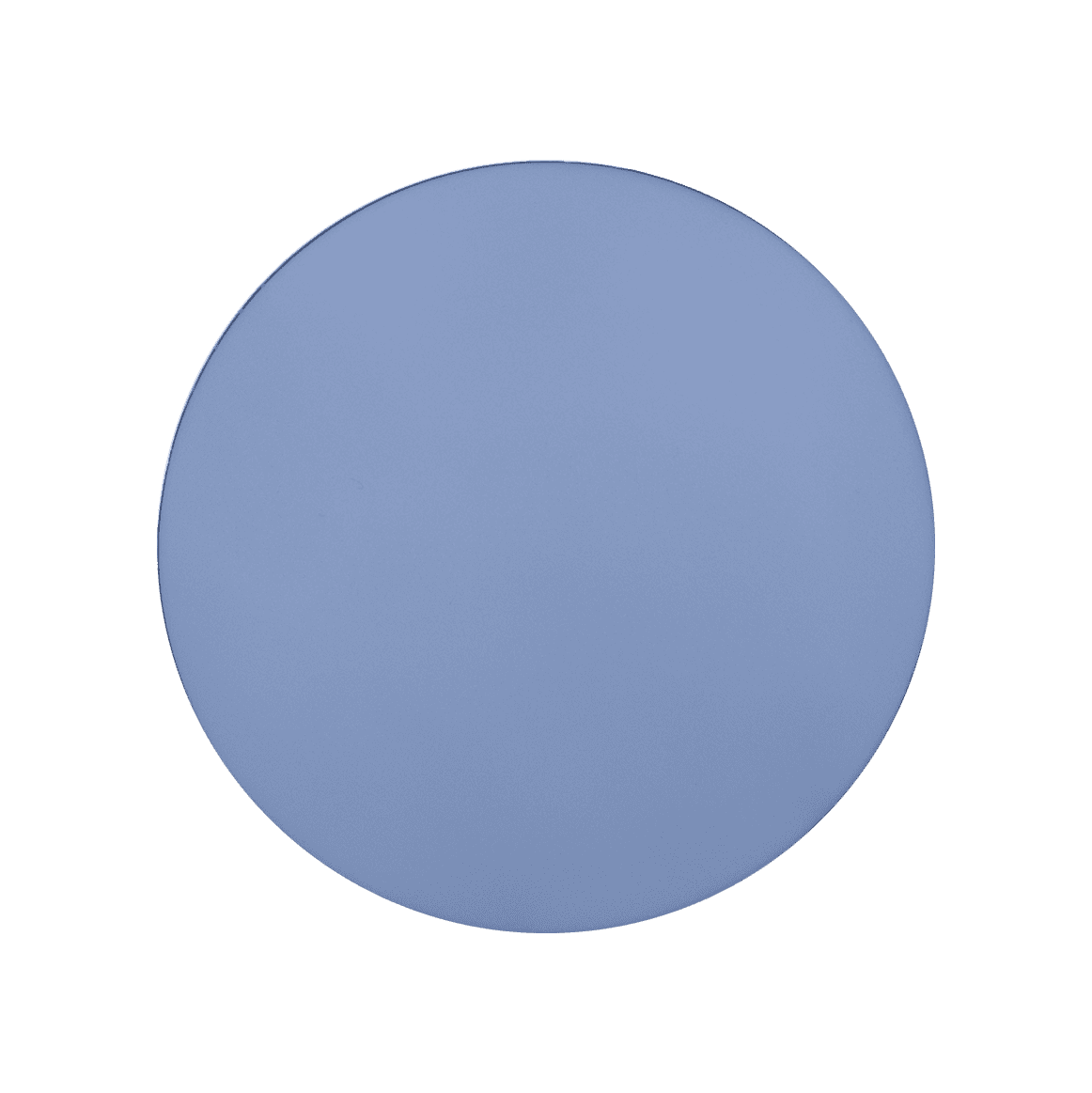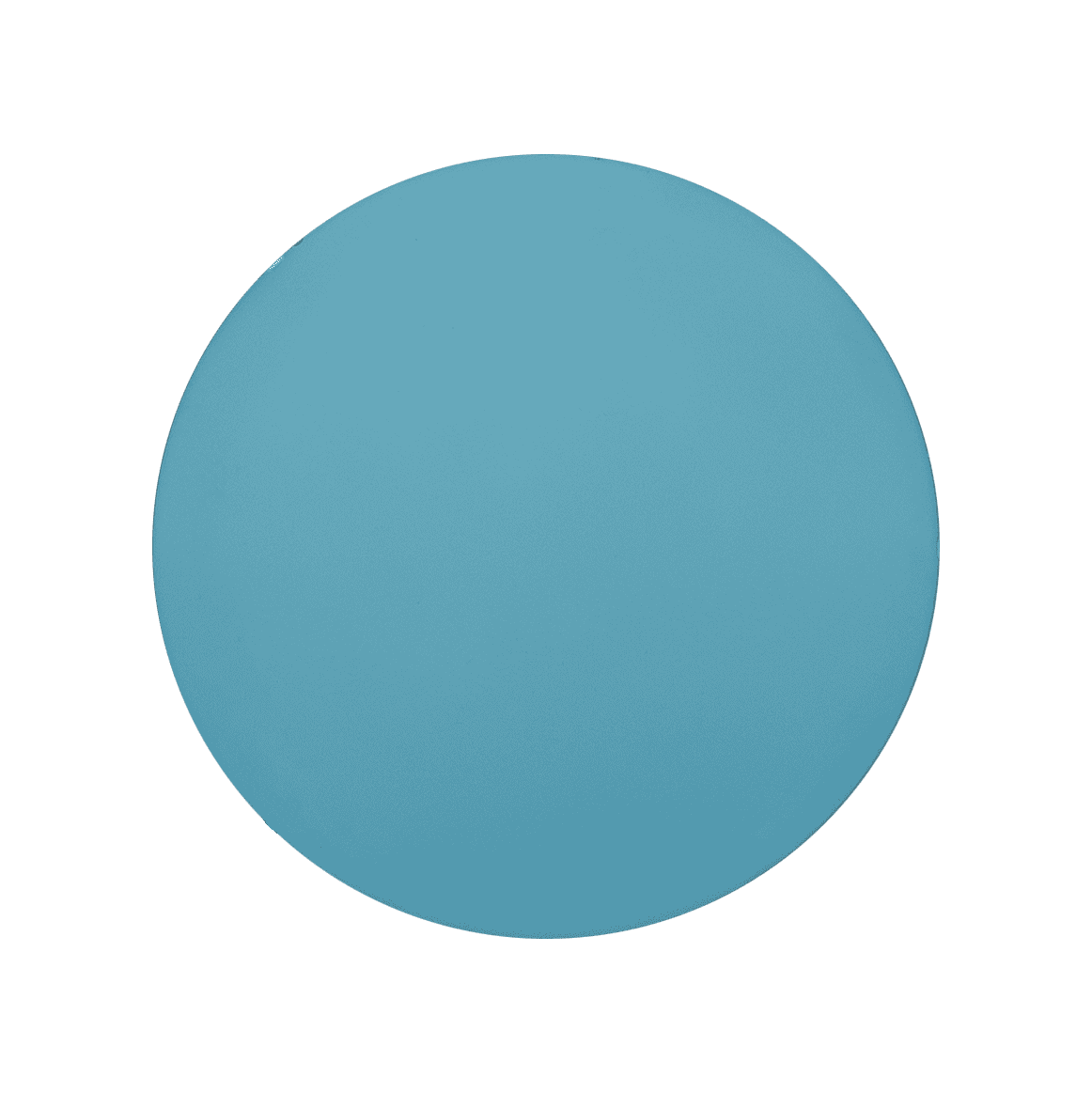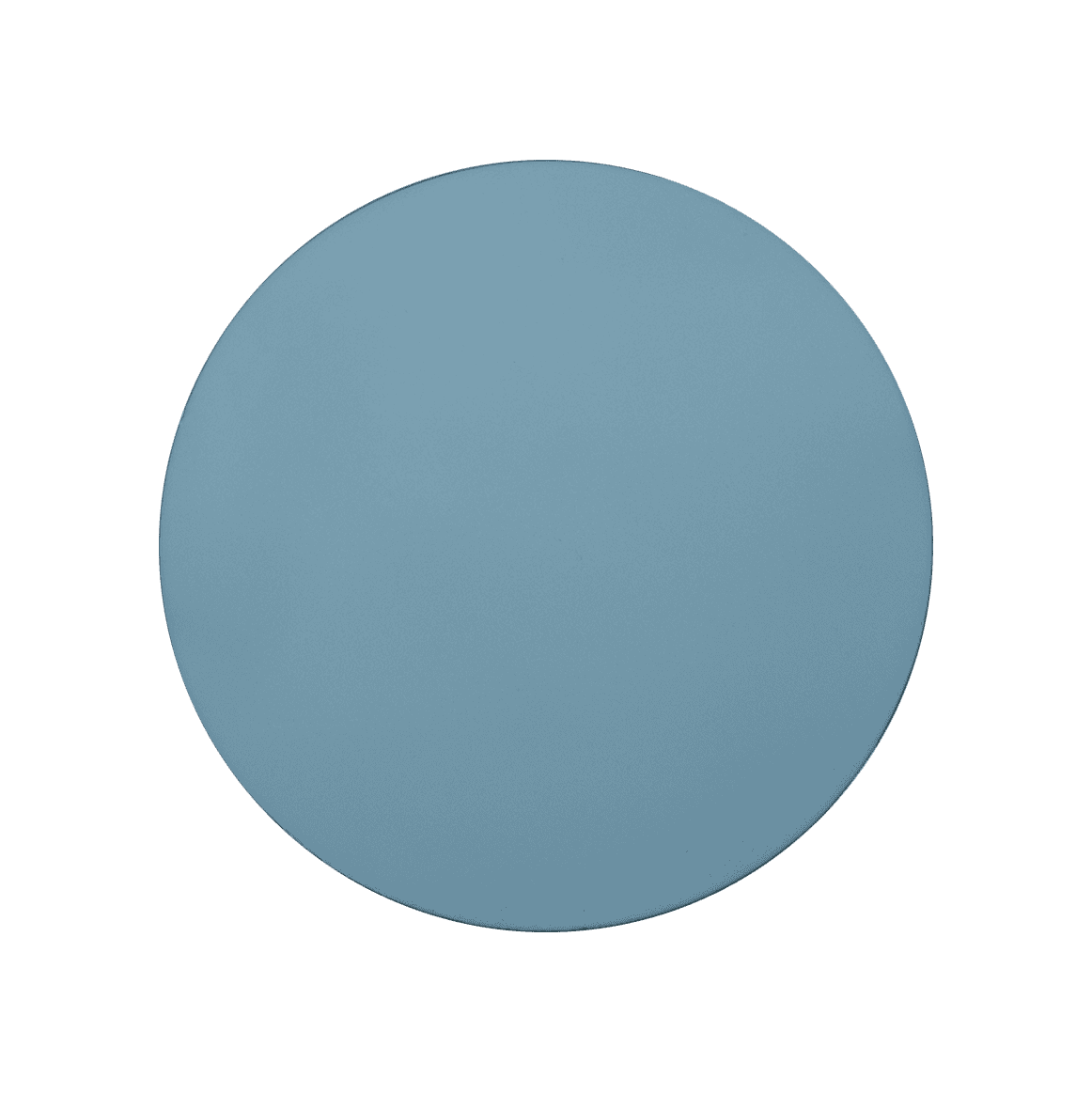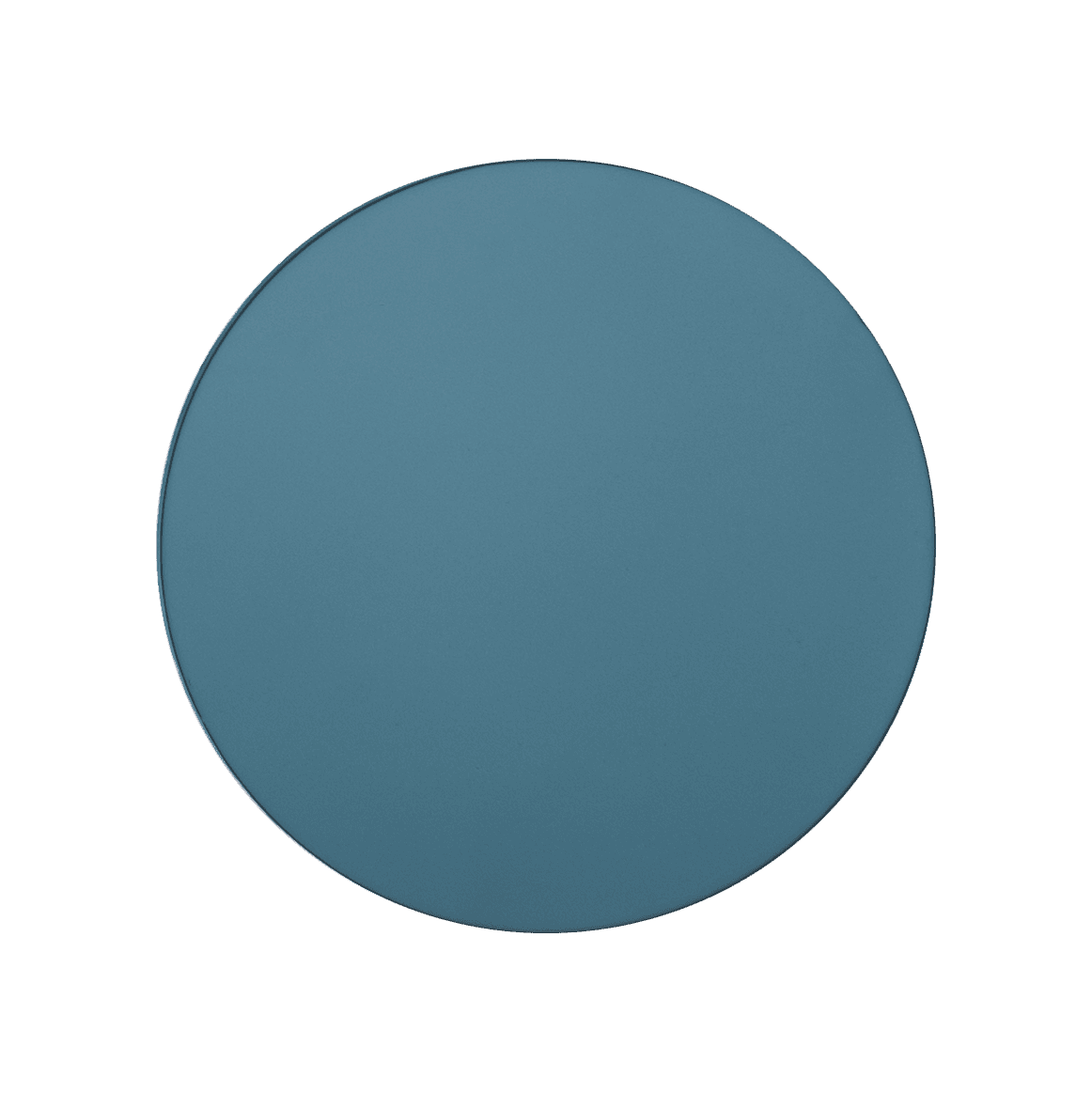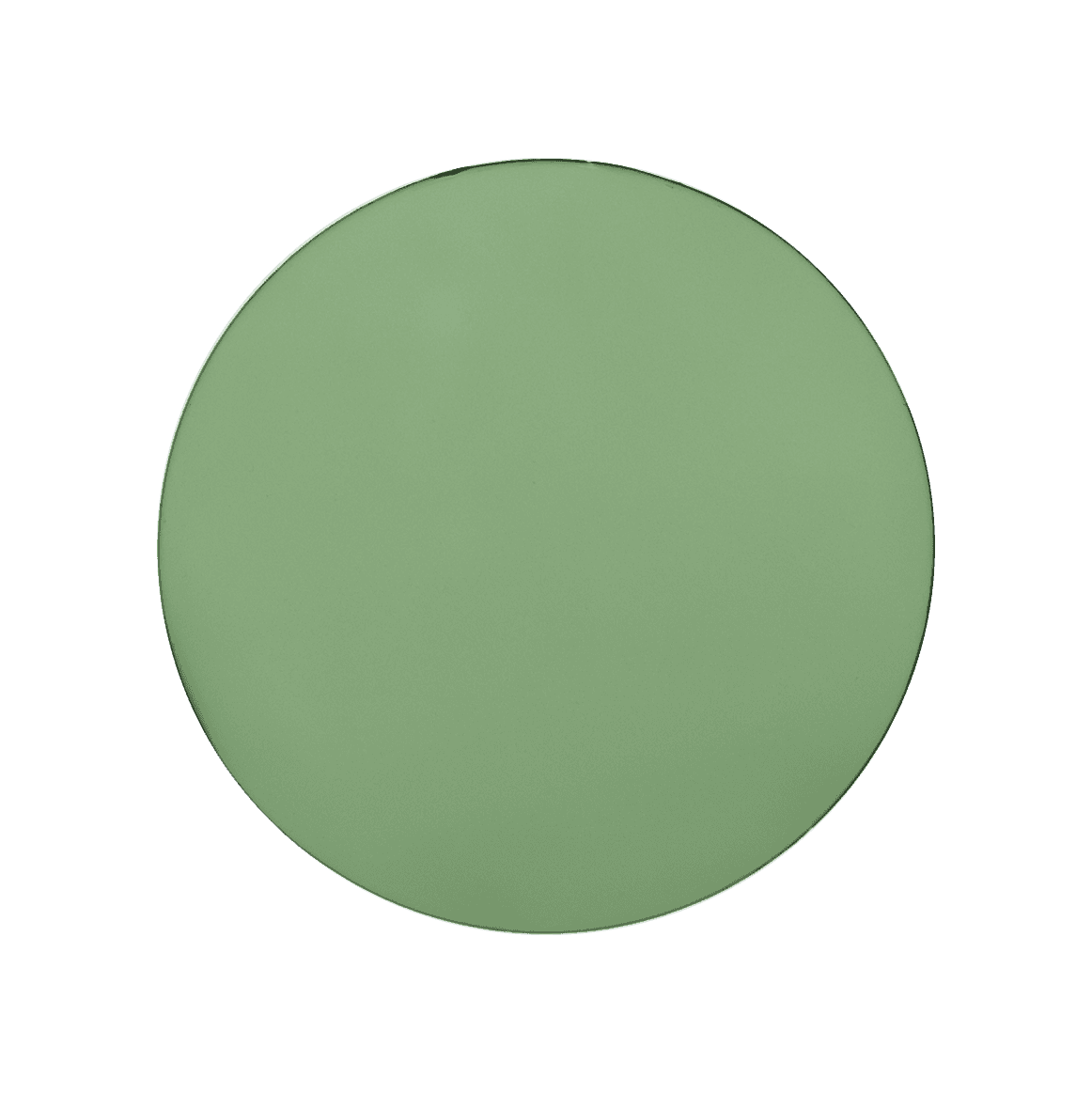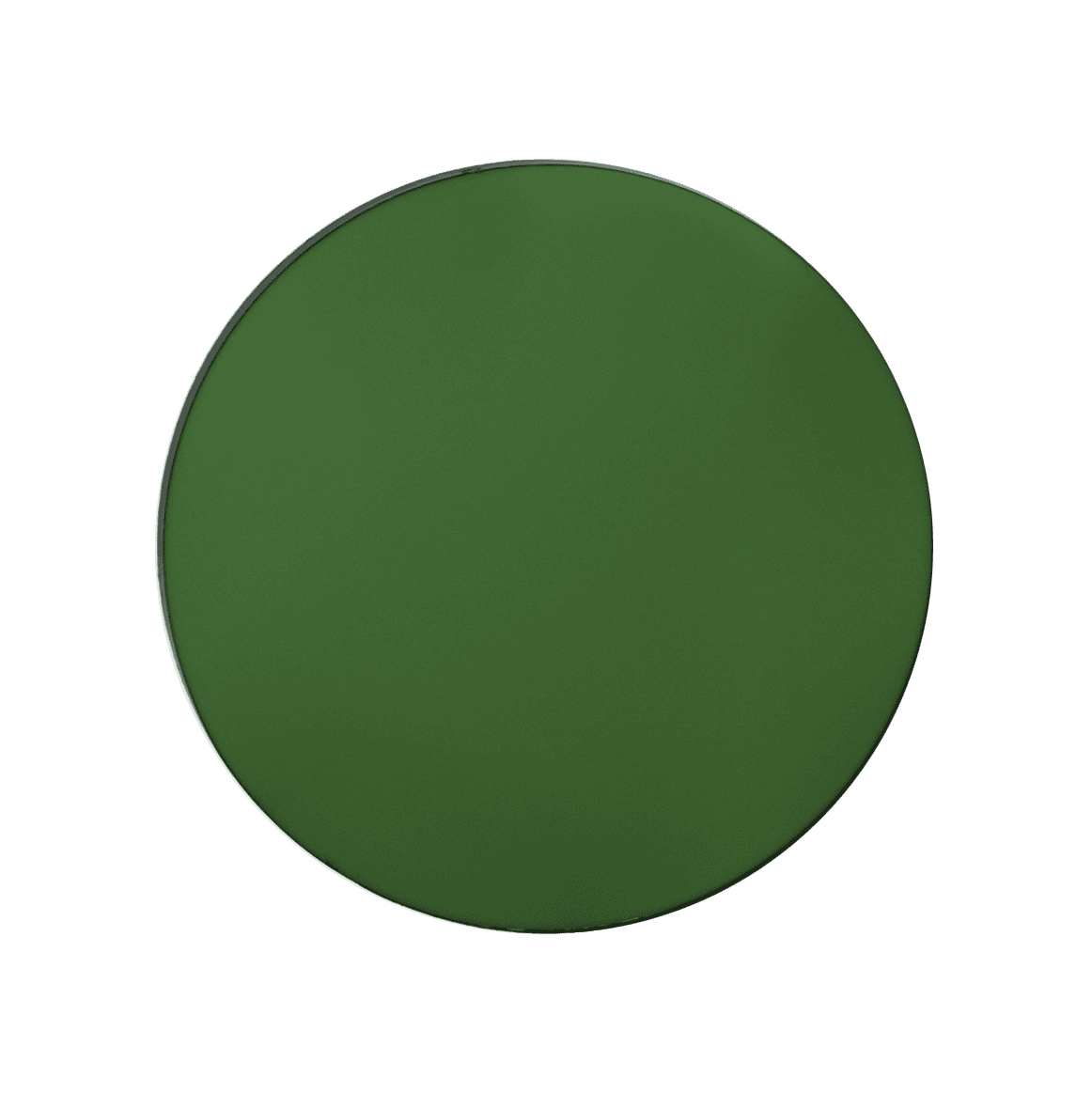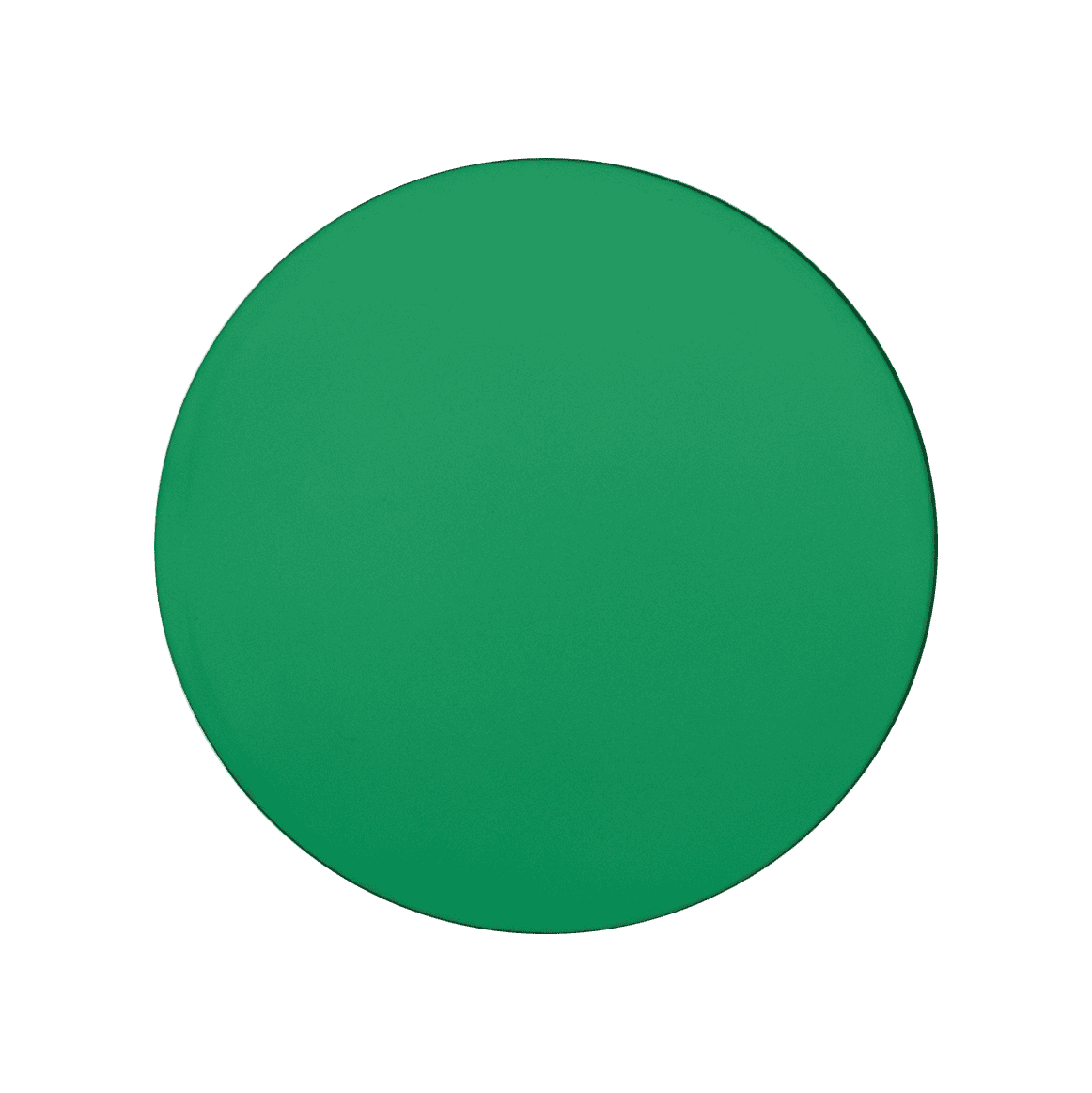All About Lens Tints
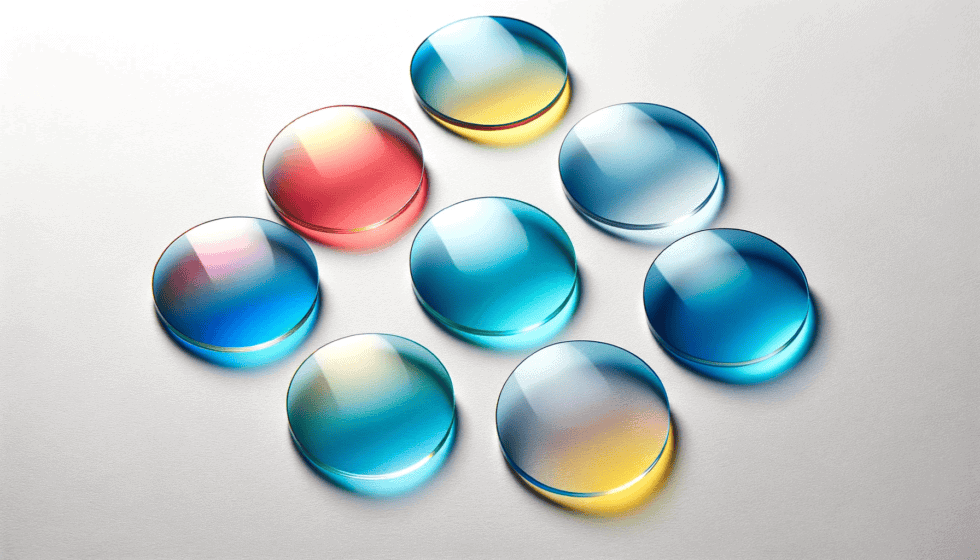
This lens tint reference features color-corrected photos of our lens reference set, tinted using BPI tints (without AR coatings). This page has been designed to help establish consistent terminology when specifying colors and percentages. Sample tinted lenses are also available upon request.
How to Use the Reference Page
For best results when ordering tints, please refer to the colors and percentages shown on the reference page. While screen displays may vary in reproducing these colors, the guide is intended to provide a consistent basis for communication about tint specifications.
If you have a unique color requirement beyond those shown, we’re happy to accommodate custom tint requests. For optimal results with custom colors, we recommend sending a sample to the lab.
Important Notes on Ordering Tints from the Lab
Ordering tints can be done in two ways:
1. By specifying a color and percentage scale based on the reference page.
2. By requesting a match to a demo lens or color sample.
Please keep the following in mind:
- Lens Material and Properties: Tint outcomes can vary depending on lens power, coatings, and the properties of the lens material.
- 80% Tints and Material Limitations: Achieving 80% tint density is only possible with CR-39 (plastic) and Trivex lens materials without the risk of damage. Other materials require higher temperatures and longer soak times to achieve higher densities which may damage or reduce the lifespan of the top coat.
- Impact of AR Coating: AR coating lightens tints by approximately 10%. While some compensation can be made by tinting beyond the desired density and bleaching back, material and processing limitations may still apply.
- AR Coating Recommendations for Sun Lenses: For sun lenses, we recommend applying AR coating only to the backside. Front-side reflection often enhances the aesthetic of sun lenses and further reduces light transmission, while backside AR minimizes reflections into the eye from light sources behind the wearer.
Laramy-K Lens Tint Reference
Gradient Tints
Therapeutic Tints
What is Lens Tinting?
Lens tinting is the process of adding color to eyeglass lenses. While it's sometimes performed in-house at local optical shops, it's most commonly done at wholesale optical labs. Lens tinting, though seemingly straightforward, is a labor-intensive task that requires a balance of time, temperature, and expertise.
How Are Lenses Tinted?
In this process, color dyes are added to pots of very hot water. The depth of the color on the lens is achieved through careful timing and temperature control. The longer a lens remains immersed, the deeper the color. The temperature needed for optimal results varies slightly depending on the lens material.
The process begins as the lens is heated in the tint pot causing its surface to expand, allowing the small color pigments in the dye to penetrate the surface layer. Once cooled, the lens retains the color. This method, blending science and art, requires experience for optimal outcomes, as different lens materials and coatings can affect the result.
What are the Main Categories of Lens Tints?
- Sunglass Tints: These tints are uniform in color and depth, commonly used in non-polarized sunglasses. Popular colors include grey/black, green, and brown.
- Cosmetic Tints: This category includes uniform solid tints and gradients used for aesthetic or fashion purposes. Fashion tints can used to great effect to personalize your eyewear collection.
- Gradient Tints: A gradient tint has a gradual transition, usually darker at the top and lighter towards the bottom.
- Double-Gradient Tints: These tints have two different colors, typically darker on the top and bottom thirds of the lens, with a lighter or clear middle section.
- Therapeutic Tints: These are specifically designed for medical purposes, aiding in relieving certain conditions or enhancing visual comfort.
What are the Various Tint Colors and Their Applications?
Lens tinting offers a spectrum of colors, including blue, red, orange, black, green, brown, and yellow. Specific tints are tailored for sports like tennis, enhancing the visibility of a tennis ball, for instance. Other tints serve therapeutic purposes, providing relief for certain medical conditions.
When selecting colored lenses, it's important to consider your customers daily activities and the specific environments their sunglasses will be worn in. Each lens color offers unique benefits and enhancements for particular settings, but choosing the wrong color for your activity can negatively affect your patients' perceived vision. Understanding the advantages of each tint will assist you in making an informed recommendations. Common uses of various colors include the following:
Gray Tinted Lenses
Gray lenses, known for their neutral color, are effective in reducing glare, particularly on water, making them excellent for fishing. They provide comfort on both cloudy and sunny days, offering anti-fatigue benefits, and are versatile for activities like driving.
Amber or Brown Tinted Lenses
These tints reduce glare and brighten cloudy days. They filter blue light and enhance depth perception, making them suitable for sports like golf or baseball. Amber lenses are also comfortable in sunny conditions and enhance contrast in green landscapes and blue skies.
Green Tinted Lenses
Green lenses are effective in filtering some blue light, enhancing contrast, and reducing glare and eye strain in bright sunlight. They are ideal for outdoor activities like golf or tennis and are also suitable for everyday use.
Blue or Purple Tinted Lenses
Lenses tinted in blue or purple enhance color perception and clarify the contours around objects. They are protective against reflections from surfaces like snow and are effective in foggy or misty conditions. Additionally, blue-tinted lenses are aesthetically pleasing and suit various skin tones.
Red or Rose Tinted Lenses
Red or rose lenses filter some blue light, enhancing driving visibility and eye comfort. They can improve depth perception and detail, making them suitable for sports like skiing.
Yellow, Orange, or Gold Tinted Lenses
Light-colored lenses such as yellow, orange, and gold are excellent in low-light conditions, offering improved depth perception and brightness. They are versatile for both outdoor and indoor sports but may alter color perception.
Trying Different Tint Colors
Before tinting prescription lenses, encourage your customer to test different lens colors in lighting conditions similar to the intended environment.
Some sports sunglasses come with interchangeable lenses, allowing you to customize the tint based on different activities and conditions.
What Conditions Are Therapeutic Lens Tints Used to Treat?
Therapeutic lens tints involve many areas of ongoing research. While not a comprehensive list, some of the conditions that may be treated or managed through the use of therapeutic lens tints include: Age-Related Macular Degeneration (AMD), Blepharospasms, Brain Trauma, Color-Blindness, Eye Strain, Dyslexia, Fibromyalgia, Glaucoma, Insomnia, Migraine, Multiple Sclerosis, Parkinson's, Photophobia, Epilepsy, and Visual Snow. Specific research or specialists should be consulted should interest arise in therapeutic tints.
Why is Lens Tinting Typically Done at Wholesale Labs?
Given the complexities involved, including the need for constant monitoring of the tint pots and the requirement for specialized equipment like gradient arms, many optical labs, such as Laramy-K, have dedicated staff for tint applications. The process may also require special water filtration systems and frequent replacement of dyes and heat transfer fluid (HTF).
How to Order Tints from a Lab?
Ordering tints can be done in two ways: by specifying a percentage scale or by requesting a match to a demo lens. However, outcomes can be affected by lens power differences, coatings, and the inherent properties of the lens material.
10% would be a tint just visible to someone looking at the wearer in the right light.
20% would be a tint noticeably visible to someone looking at the wearer in the right light.
30% would be a tint always noticeably visible to both the wearer and anyone looking at them.
50% is the start of a very light sunglass tint.
80% is a typical sunglass tint.
90% is a very dark sunglass tint.
Tips for Opticians:
- Lens coatings can affect tint outcomes. Depending on how the lens was created and what coatings may have been applied some lenses will not accept a tint. This will vary by manufacturer, material, and whether the lens is a factory-finished uncut or a surfaced one
- Surfacing some lens materials can allow for tinting. Polycarbonate is available with a front coating that can be tinted. Since uncoated polycarbonate is too soft to ship without damage they must be coated. Once coated polycarbonate can't be tinted unless its coating is specially designed for tint application. These coatings work quite well and generally provide good consistent results.
- Tinting and AR coating application is not recommended but is done. The tint is applied a bit darker than the desired outcome, the lens is AR coated and this causes the tint to lighten slightly. There are no guarantees on outcomes when trying to apply an AR coating over a tint. An AR coating cannot be removed to alter the final outcome.
- Be cautious with prescriptions showing more than a two-diopter power difference between eyes, as this may lead to inconsistent tinting.
- For precision, display tints against a white background and avoid frequent assembly and disassembly of frames.
- Some 3D printed frame materials can be tinted.
- Request a set of tint samples from your lab for accurate customer demonstrations.
Photochromic Lenses
A photochromic lens is not a tint, but a type of eyeglass lens that automatically darkens when exposed to ultraviolet (UV) light, such as sunlight, and returns to a clear state in the absence of UV light. This transition allows the lenses to provide both clear vision indoors and act as sunglasses outdoors, offering convenience and UV protection. The change in tint is due to photochromic molecules embedded in the lens that react to UV light, making these lenses ideal for those seeking a versatile eyewear solution for varying light conditions. You can learn more about photochromic lenses here.
Polarized Lenses


